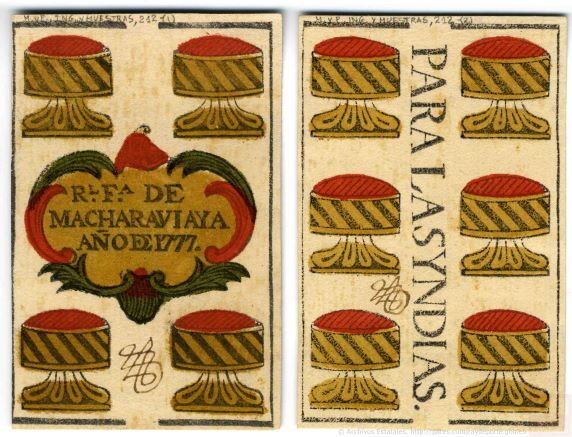Emigration in Liébana had a direct effect not only on its demographic density, but also on the marriage patterns of the town. According to the sources, it can be concluded that the social relations of the people of Liébana were restricted almost exclusively to their own community, with more than two thirds of the inhabitants marrying people from their own parish, 87% if we extend this to marriages between individuals from the same valley and 95% if we include the whole region. In Potes, on the contrary, during the 17th century only half of the marriage registers show that both partners were born and resided there.
Over the years, kinship increased the ties of neighbourhood, to the point that in very small parishes they became almost as close as the closest blood relationship. Nevertheless, the figures for endogamous marriages began to fall with the beginning of the 18th century in both places (Liébana being higher at all times), stabilising between 25% and 35% from the middle of the 18th century until the middle of the 19th century.
Collection: Graphics
Project: 3. Rural world and urban world in the formation of the European identity., 4. Family, daily life and social inequality in Europe.
Chronology: XVII, XVIII, XIX
Scope: Secondary Education, Baccalaureate, University, Postgraduate
Link: https://revistas.usal.es/index.php/Studia_Historica/article/view/4574
Resource type: Graph
Format: Line chart
Source: Lanza, R. (1986). "Tipología e intensidad de los movimientos migratorios en Cantabria: Liébana, 1650-1850", en Studia historica. Historia moderna, nº 4, p. 105.
Language: Spanish
Date: 1986
Owner: Roberto José Alcalde López (Modernalia)
Copyright: ©Studia historica. Historia moderna ©Ramón Lanza García
Abstract: Graph showing the percentage of inbred marriages in Potes and Liébana between 1600 and 1850
Tags






